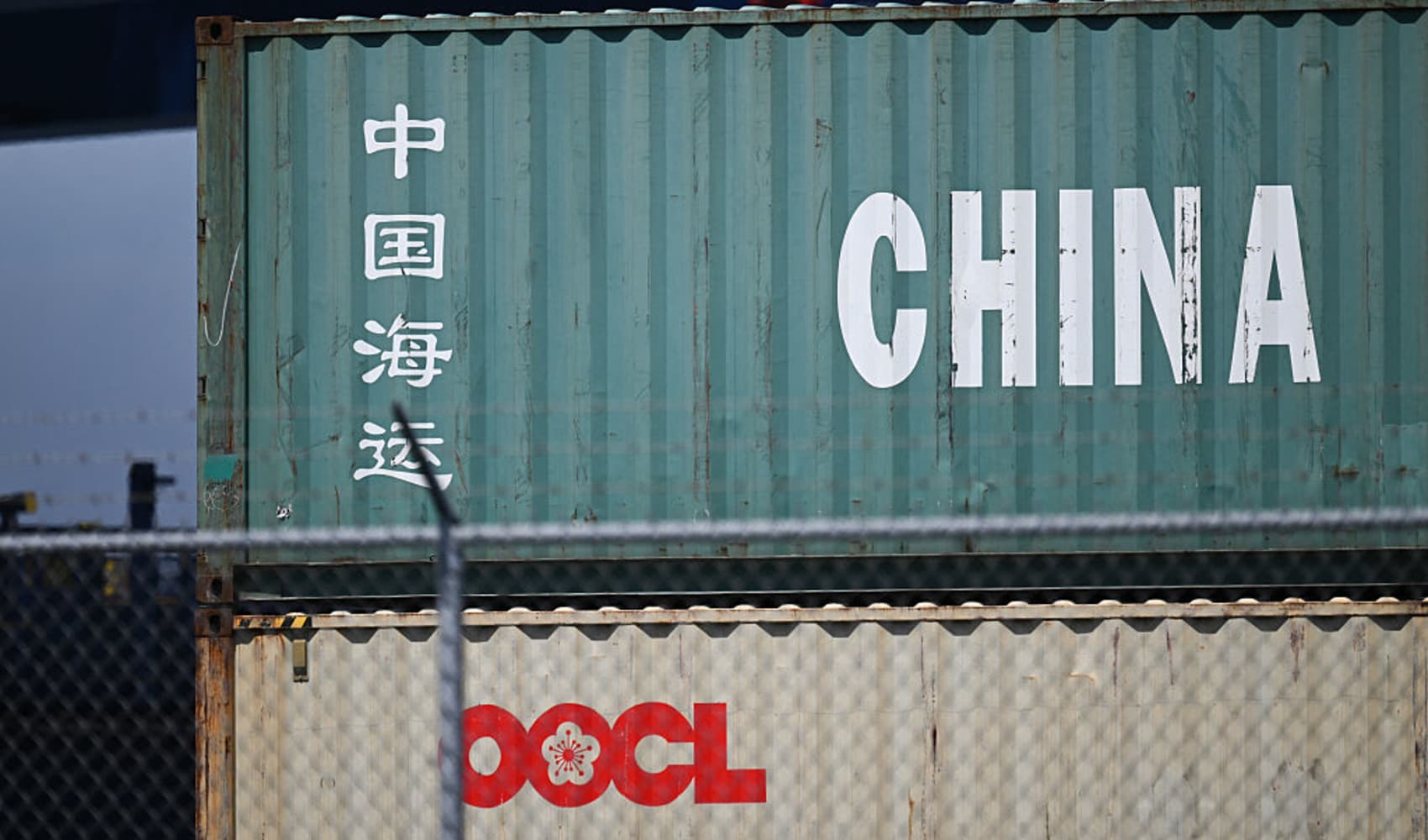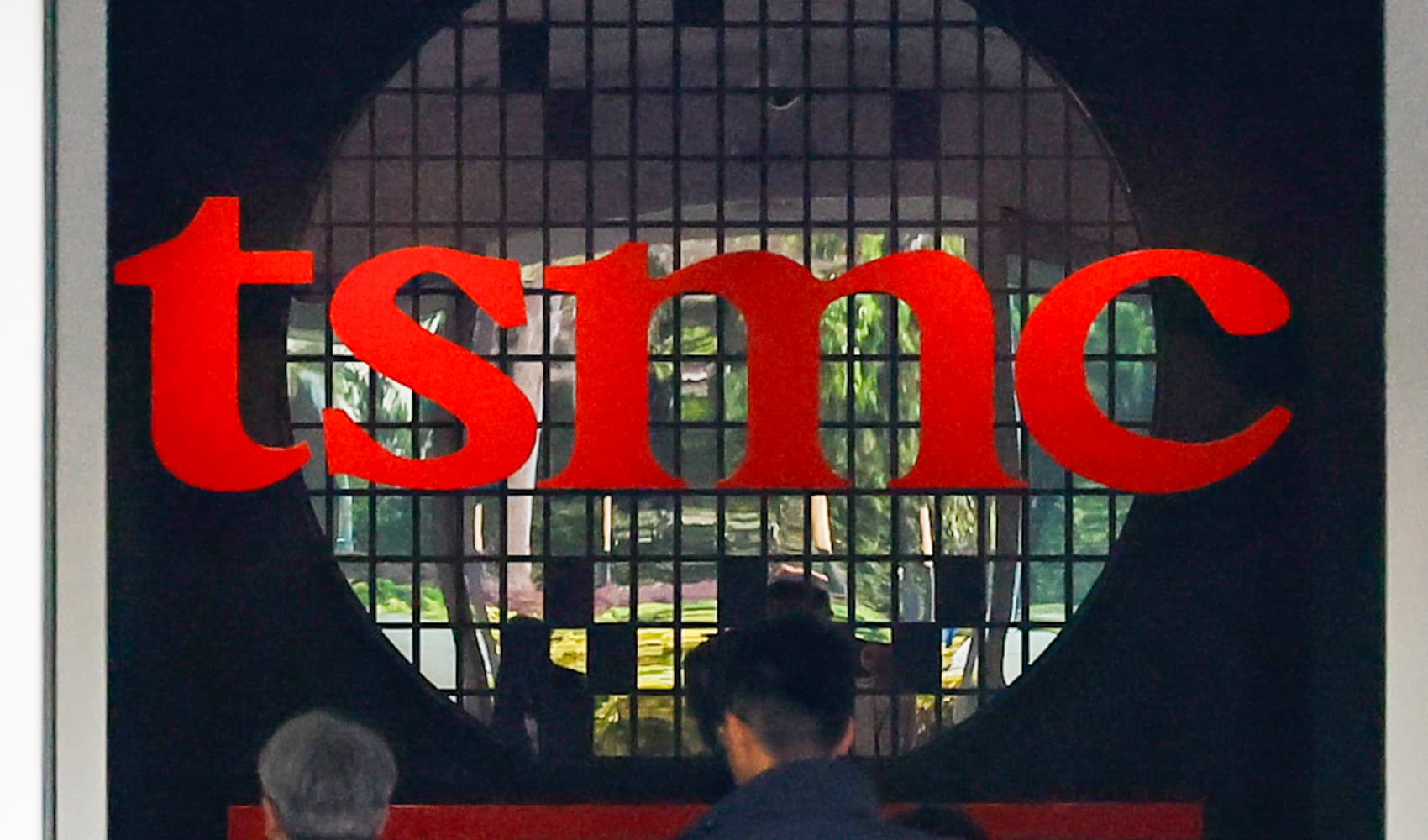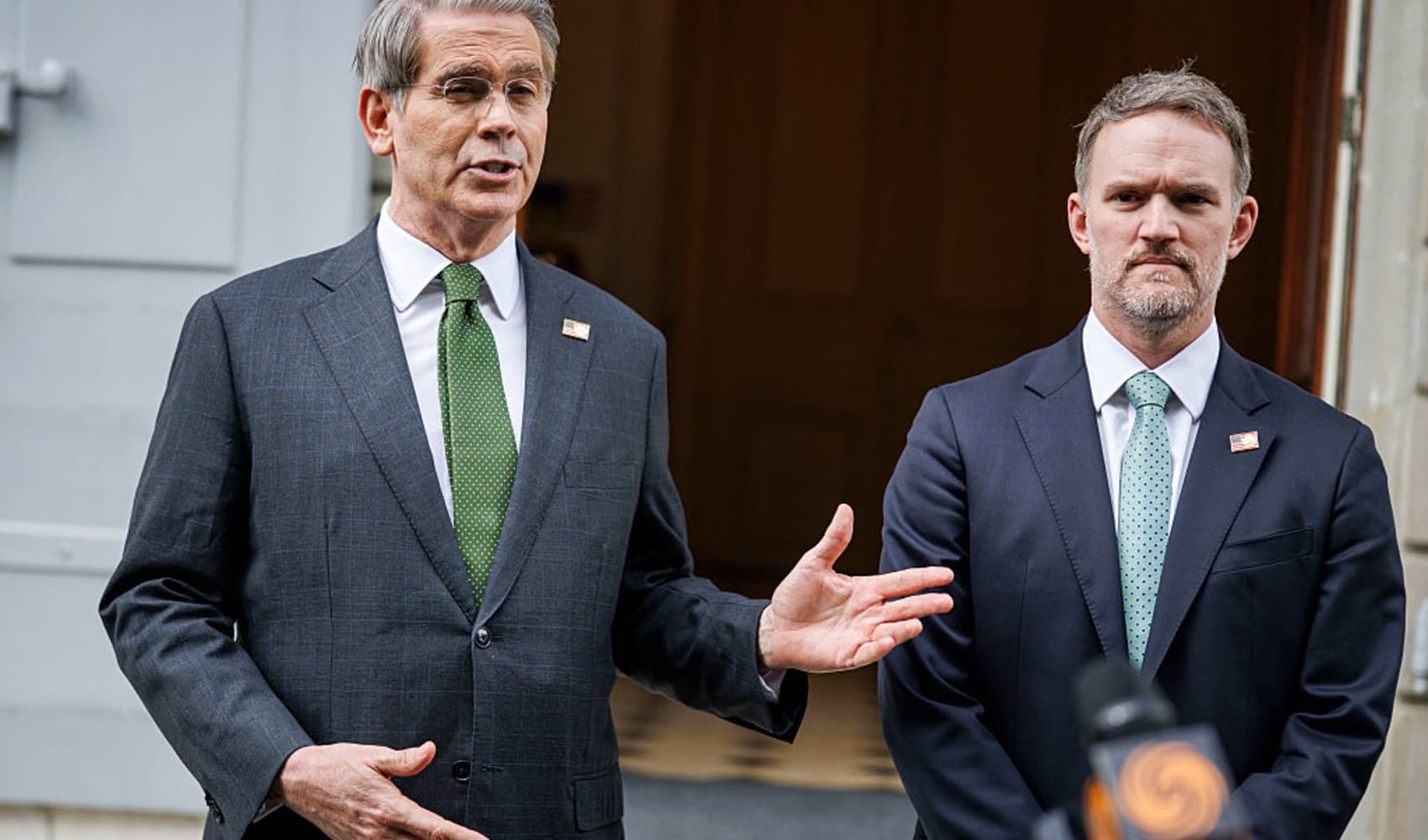Trade Wars Without Tariffs: Decoding the New Rules
CNBC Daily Open: Trade Wars Without Tariffs? Decoding the New Global Landscape
Introduction: Beyond the Tariff Tango
U.S. markets felt the chill of renewed trade tensions on Wednesday, but interestingly, Asia-Pacific markets painted a different picture Thursday, showing resilience. We're in a weird economic dance, aren't we? But what if the dance floor is bigger, the music different, and the steps… well, not just tariffs anymore? That's right, folks, we're diving deep into the evolving world of trade wars, exploring how they can be fought (and maybe even won?) without relying solely on tariffs.
The Market's Mixed Signals: A Rollercoaster Ride
Wednesday's Woes: Jitters and Uncertainty
Wednesday's market downturn in the U.S. served as a stark reminder of the fragility of investor confidence. It's like that feeling when you're nearing the end of a rollercoaster ride – the anticipation mixed with a healthy dose of "please don't drop." Renewed trade jitters acted as the metaphorical drop, shaking the market. But what caused these jitters? The whispers of escalated tensions, the uncertainty around future trade deals, and the constant guessing game of what's next.
Thursday's Triumph (in Asia): A Glimmer of Hope?
Across the Pacific, Asia-Pacific markets seemed less fazed. Why the divergence? Perhaps it’s because their economies are structured differently, with varying levels of dependence on the U.S. market. Or maybe, they're already preparing for a world where tariffs are just one tool in a much larger toolbox. This resilience provides a small counterpoint to the overall narrative. It's a reminder that the global economy is a complex web, and one market's woes don't necessarily dictate the fate of all others.
Powell's Predicament: Inflation vs. Employment
Federal Reserve Chair Jerome Powell is walking a tightrope. On one side, the pressure to keep inflation under control. On the other, the need to maintain a healthy employment rate. It's a classic balancing act, and the stakes are incredibly high. Imagine trying to juggle flaming torches while riding a unicycle on a tightrope – that's Powell's job right now. His comments reflect the delicate situation and the constant reassessment of policy in light of evolving economic conditions.
WTO's Warning: A Deteriorating Trade Outlook
The World Trade Organization (WTO) isn't mincing words. They've warned of a "sharply deteriorated" global trade outlook. This isn't just a minor setback; it's a significant red flag. Think of it as the WTO sounding the alarm, telling us to brace for potential turbulence ahead. Their assessment underscores the impact of trade tensions, geopolitical uncertainties, and supply chain disruptions on the flow of goods and services worldwide.
The Invisible Barriers: Beyond Tariffs
Tariffs get all the headlines, but they're not the only way to disrupt trade. Think of them as the visible part of the iceberg. Beneath the surface lurk other, less obvious, but equally potent barriers. These can include:
- Onerous licensing requirements: Imagine needing to jump through countless hoops just to get permission to export or import goods.
- Export restrictions: Governments limiting the sale of certain products to other countries.
- Fines on shipping: Imposing hefty fees on the transportation of goods.
These non-tariff barriers can be just as effective, if not more so, at hindering trade. They add complexity, increase costs, and create uncertainty for businesses.
Supply Chain Strain: Cancelled Voyages and Economic Ripple Effects
Freight ships from China are cancelling trips. This isn't just a logistical hiccup; it's a symptom of deeper economic issues. Cancelled voyages translate to fewer goods reaching the U.S., impacting everything from retail shelves to manufacturing processes. This is the ripple effect in action – one disruption leading to a cascade of consequences throughout the economy.
TSMC's Triumph: A Chip of Hope?
Taiwan Semiconductor Manufacturing Company (TSMC), a titan in the semiconductor industry, reported first-quarter earnings that beat analyst expectations. Why is this important? Because TSMC's performance is a bellwether for the global tech sector and the overall economy. Their success suggests that despite the challenges, certain sectors are still thriving. Think of it as a ray of sunshine breaking through the clouds.
The Dollar's Dance: Piper Sandler's Perspective
Despite recent dips, Piper Sandler remains confident in the U.S. dollar. Why the optimism? Perhaps they see underlying strengths in the U.S. economy that aren't immediately apparent. It's like a skilled dancer who stumbles but quickly regains their balance – the dollar might wobble, but it's not necessarily falling. Their perspective offers a counterpoint to the prevailing negativity and suggests that the dollar's future might not be as bleak as some fear.
Nvidia's $5.5 Billion Hit: A Chip Export Casualty
Nvidia, a major player in the chip market, is taking a significant $5.5 billion charge related to cancelled chip exports to China due to new licensing requirements. This is a direct consequence of the evolving trade landscape. It's a hefty price to pay, and it highlights the real-world impact of trade restrictions on individual companies. It also underscores the importance of diversification and adaptability in a volatile global market.
The Geopolitical Chessboard: Trade as a Strategic Tool
Trade is no longer just about economics; it's become a strategic tool in the geopolitical chessboard. Nations are using trade policies to exert influence, advance their interests, and shape the global order. Think of it as a high-stakes game of chess, where each move – each tariff, each restriction – has significant consequences.
Rethinking Trade: From Protectionism to Resilience
The traditional model of free trade is under pressure. But rather than succumbing to protectionism, perhaps the focus should be on building more resilient and diversified supply chains. Imagine a tree that can bend but not break in the face of strong winds – that's the kind of economic resilience we need to cultivate. This involves investing in domestic production, diversifying sourcing, and fostering innovation.
Investing in the Future: Diversification and Innovation
Businesses need to adapt to the changing trade landscape. This means diversifying their markets, investing in innovation, and becoming more agile and resilient. Think of it as preparing for a storm – you need to secure your assets, reinforce your defenses, and have a plan for weathering the tempest. Companies that proactively adapt will be better positioned to thrive in the long run.
The Consumer's Perspective: Navigating Rising Prices
Ultimately, trade wars and trade barriers impact consumers. They can lead to higher prices, reduced choices, and economic uncertainty. It's like being caught in the crossfire – consumers often bear the brunt of trade disputes. Staying informed, making smart purchasing decisions, and supporting businesses that prioritize fair and sustainable practices are ways consumers can navigate this challenging landscape.
The Future of Trade: Collaboration or Conflict?
The future of trade is uncertain. Will nations choose collaboration or conflict? Will they work together to create a more equitable and sustainable global economy, or will they continue down the path of protectionism and rivalry? The answer to this question will shape the world for generations to come. We are at a crossroads, and the choices we make today will determine the trajectory of global trade tomorrow.
Conclusion: Adapting to the New Reality
The world of trade is evolving, and tariffs are just one piece of the puzzle. Non-tariff barriers, geopolitical considerations, and supply chain disruptions are all playing increasingly important roles. The key takeaways? Adaptability, resilience, and diversification are paramount. As we navigate this new landscape, staying informed, thinking critically, and making strategic decisions will be crucial for businesses, investors, and consumers alike. The old rules don't apply anymore; we need to learn the new steps to the trade war dance.
Frequently Asked Questions (FAQs)
Here are some frequently asked questions about trade wars and their impact:
- What exactly constitutes a trade war?
A trade war is an economic conflict where countries impose tariffs or other trade barriers on each other in response to similar actions. It's like a tit-for-tat battle, but with economic consequences. - How do non-tariff barriers affect businesses?
Non-tariff barriers, such as complex licensing requirements and export restrictions, can increase costs, create uncertainty, and hinder the flow of goods and services, making it more difficult for businesses to operate internationally. - What can businesses do to mitigate the risks of trade wars?
Businesses can diversify their markets, build resilient supply chains, invest in innovation, and adapt to changing regulations to mitigate the risks associated with trade wars. - How do trade wars impact consumers?
Trade wars often lead to higher prices for goods and services, reduced consumer choices, and increased economic uncertainty, ultimately affecting their purchasing power. - What is the role of international organizations like the WTO in resolving trade disputes?
The WTO provides a framework for resolving trade disputes between countries through negotiations and dispute settlement mechanisms, aiming to promote fair and predictable trade relations.




